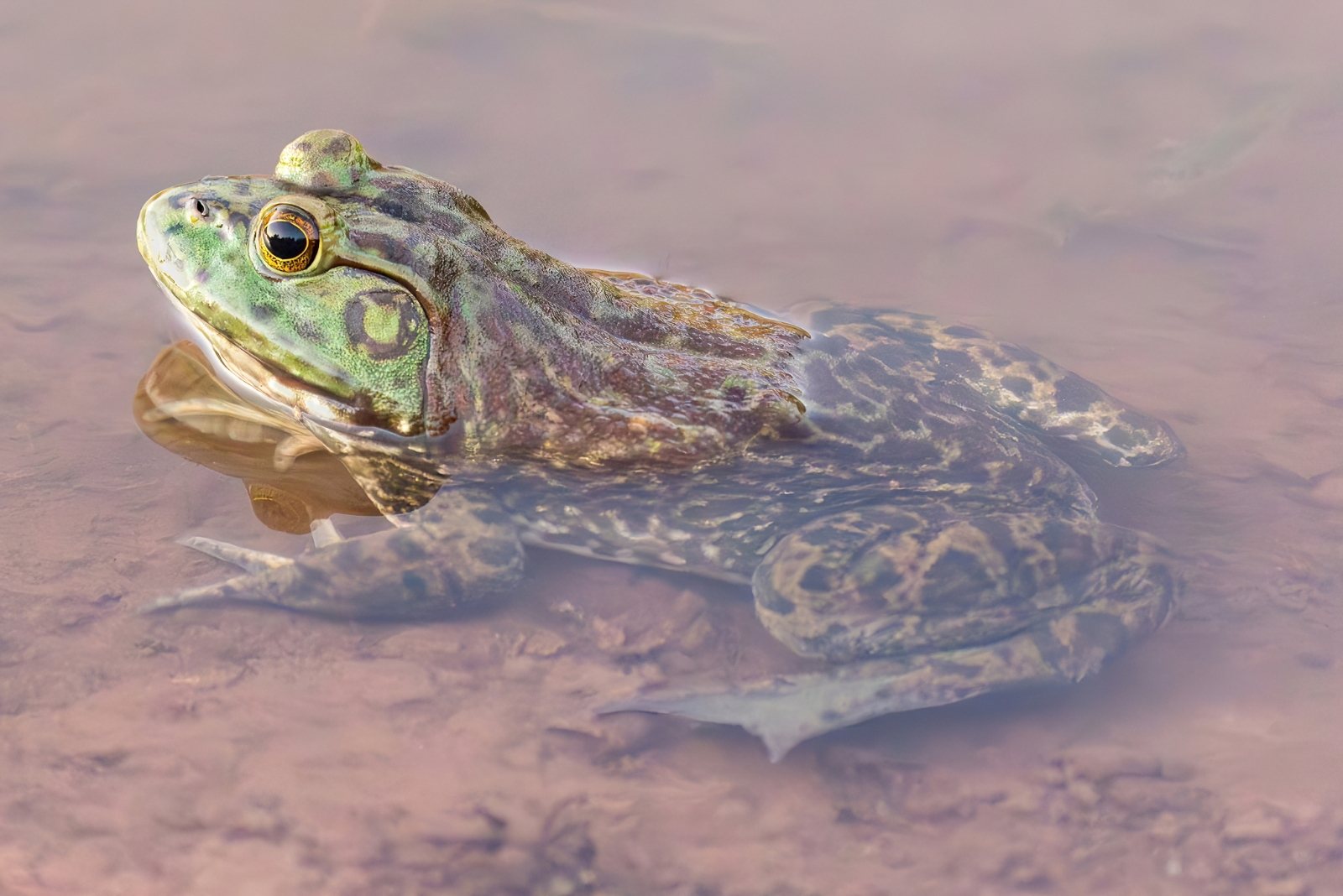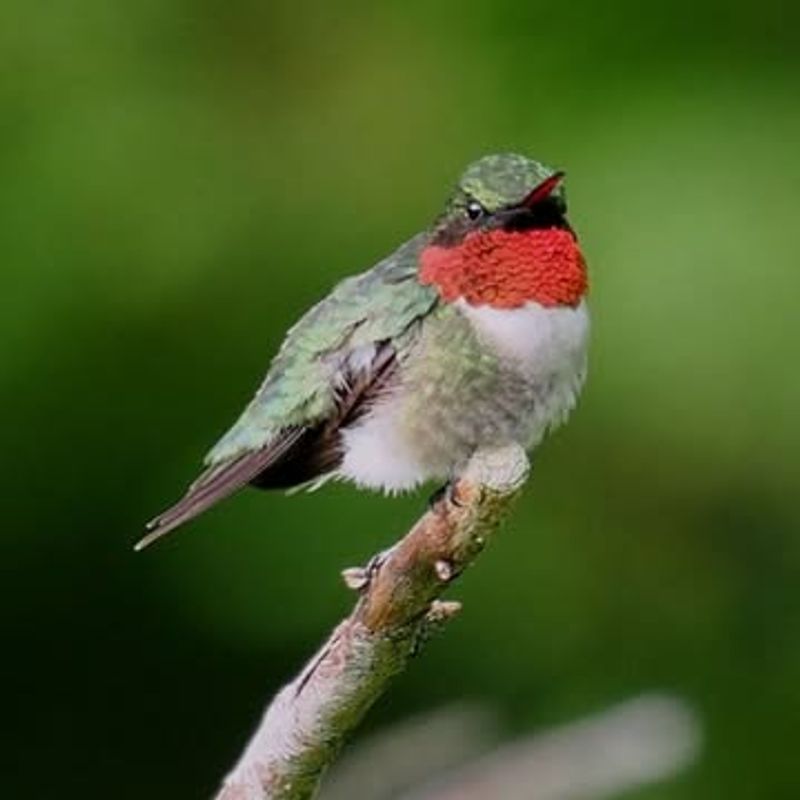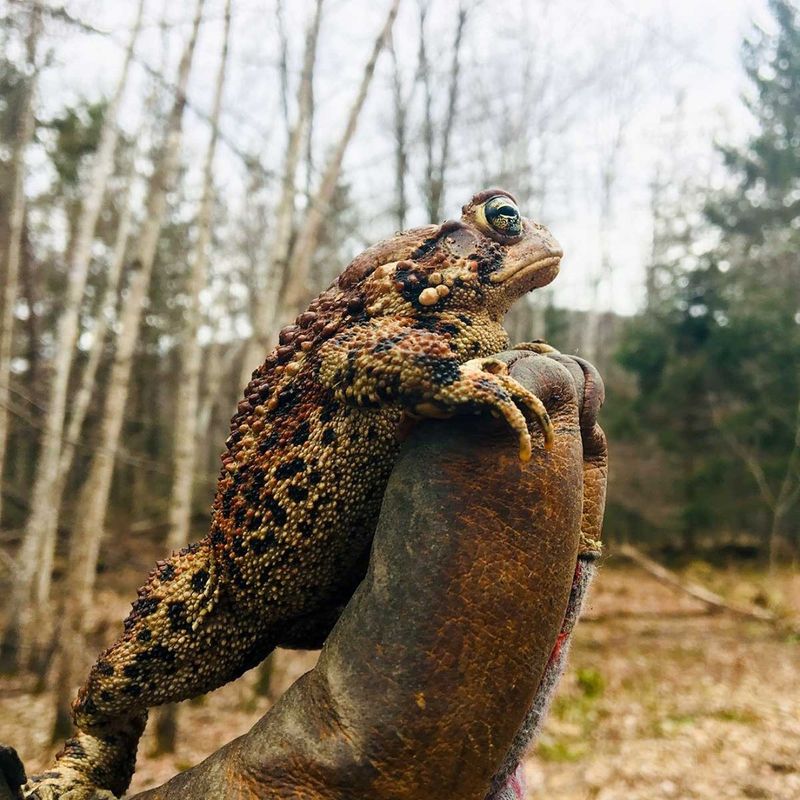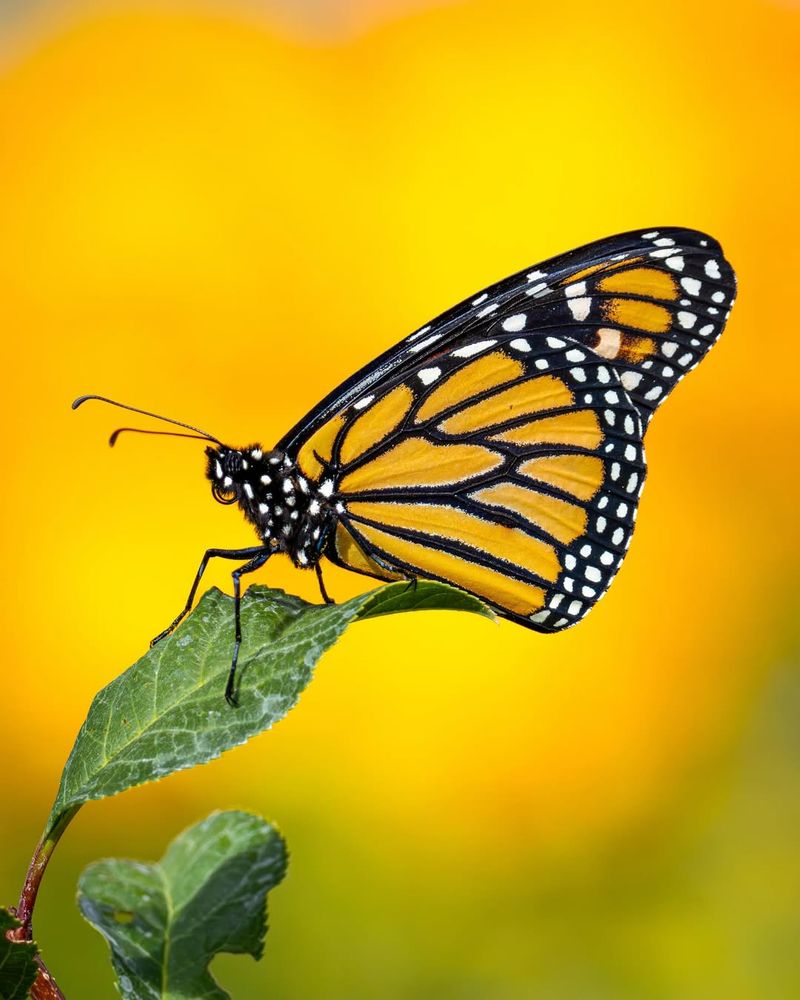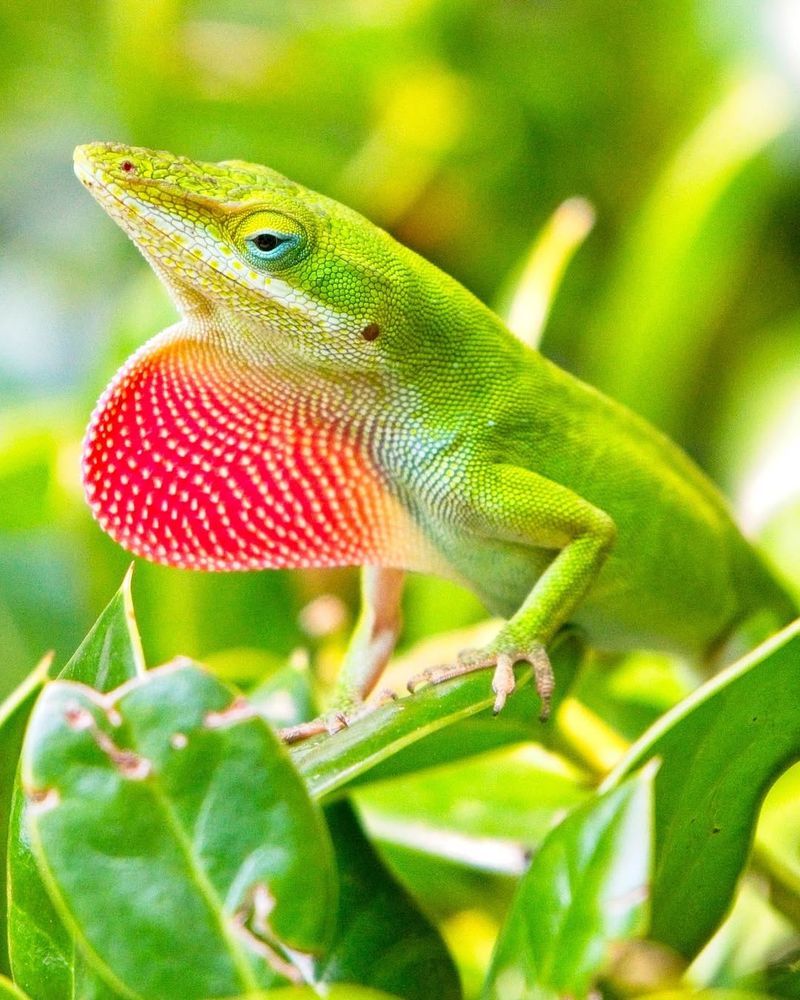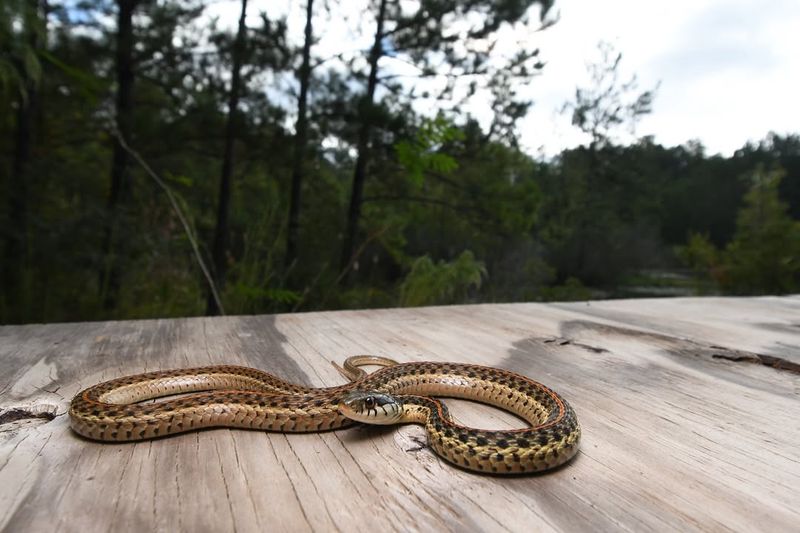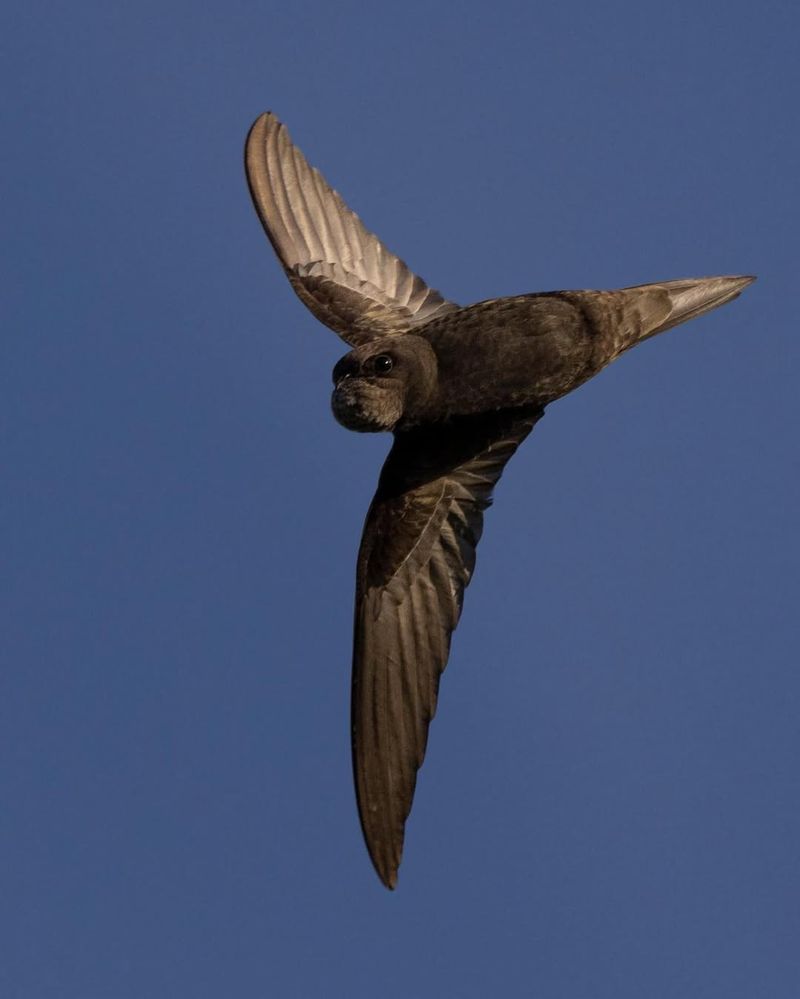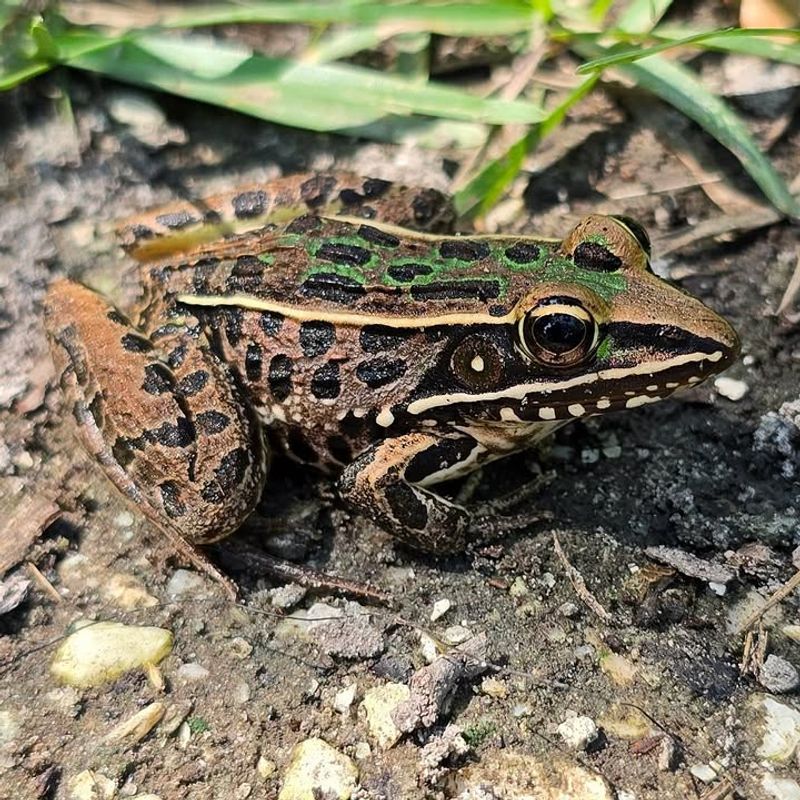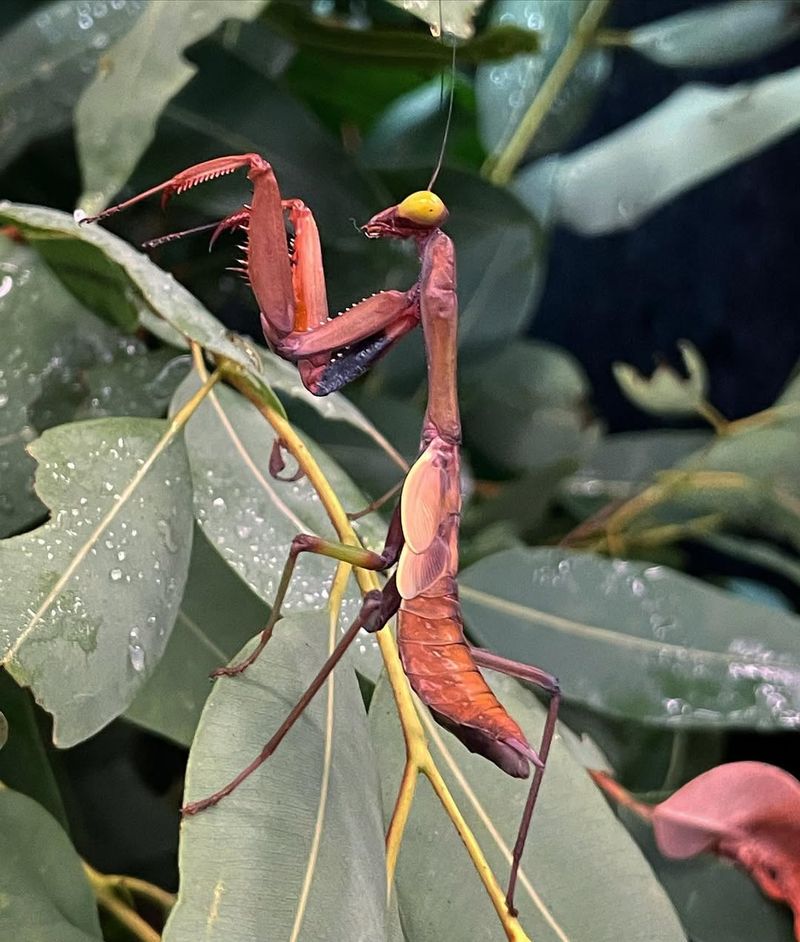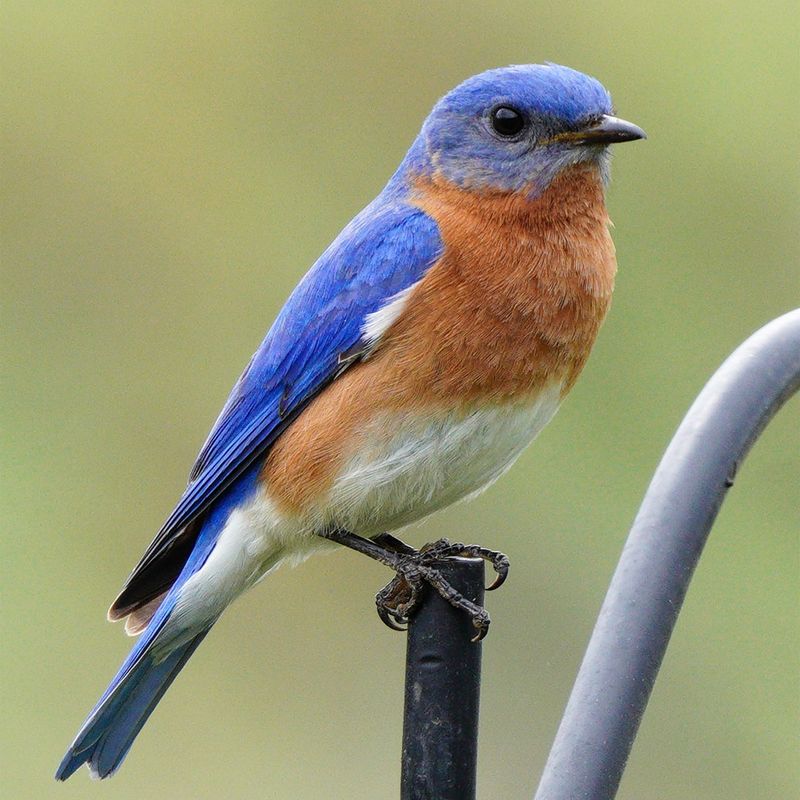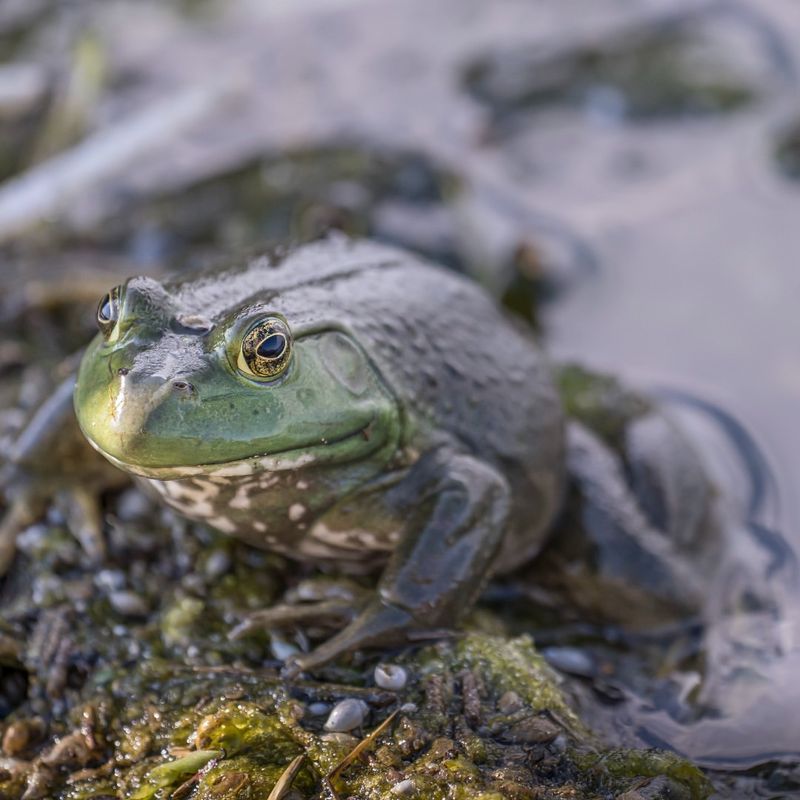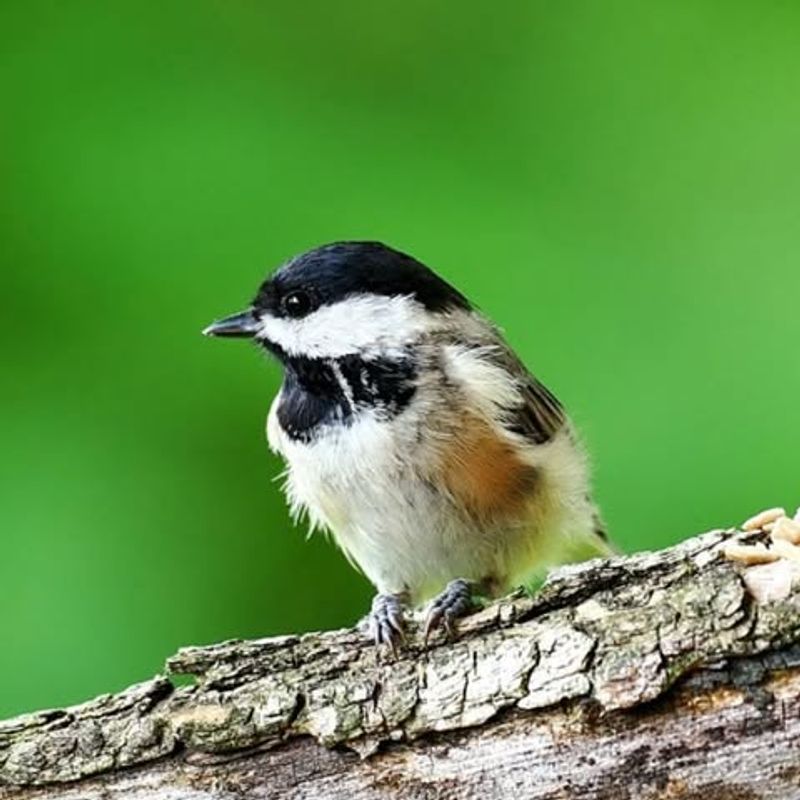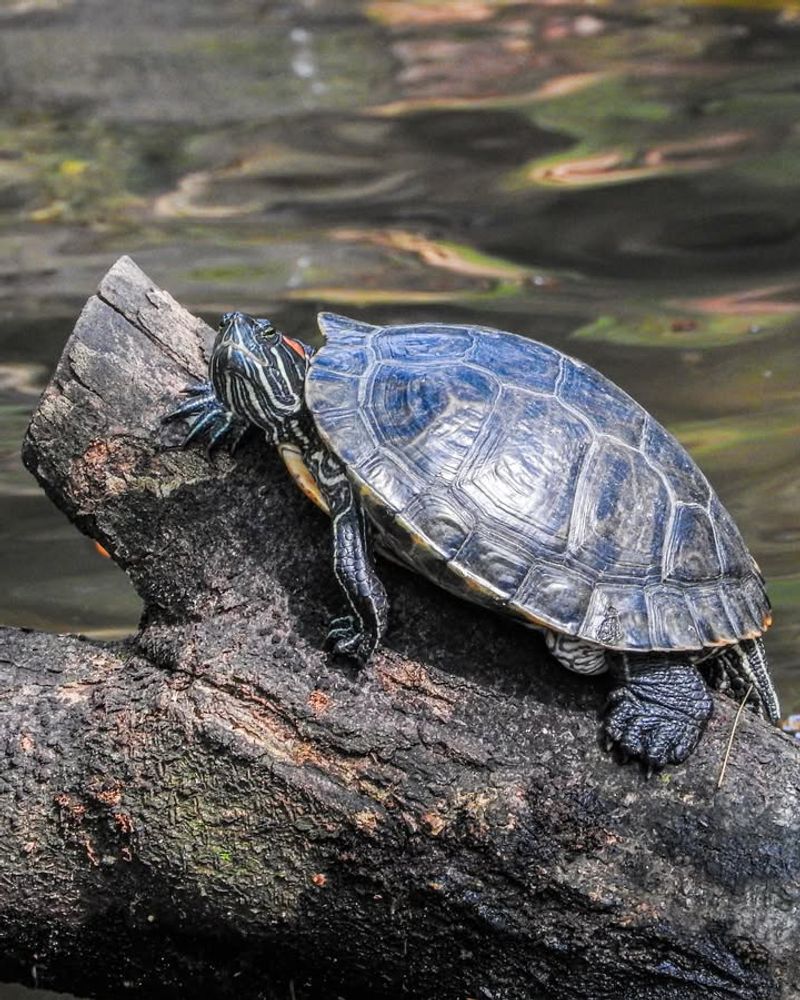Georgia gardens are full of life, but not every critter can be moved freely. Some of these residents are legally protected, even if they surprise you by showing up uninvited.
It’s wild how many creatures are covered under state laws. Here are 12 you’ll want to leave right where they are.
1. Ruby-Throated Hummingbird
These tiny aerial acrobats are federally protected under the Migratory Bird Treaty Act. With wings beating up to 80 times per second, they’re mesmerizing to watch. Georgia residents often see them zipping around flower beds during spring and summer months.
Their nests are incredibly small, about the size of a walnut. Never disturb their nests or attempt to capture these jewel-toned visitors.
2. American Toad
Warty and wonderful, this amphibian is a gardener’s pest-control ally. American Toads feast on insects, slugs, and other garden nuisances throughout Georgia. They’re protected as native wildlife, so removing them is actually against state regulations.
These toads often hide under leaves or in shady spots during hot days. Their nighttime croaking might be loud, but they’re doing you a favor by munching pests.
3. Monarch Butterfly
Their iconic orange and black wings signal an incredible migration story. Monarchs are protected in Georgia due to their declining populations and ecological importance. Removing them or destroying their milkweed host plants can result in penalties.
These butterflies travel thousands of miles between Mexico and the United States. Plant milkweed in your yard to support their survival and enjoy their graceful presence.
4. Green Anole
Watch closely and you’ll see males puffing out their pink throat fans. Green Anoles are Georgia’s only native anole species and are protected by state wildlife laws. They change colors from green to brown depending on temperature and mood.
These little lizards help keep mosquito and fly populations down. They’re completely harmless to humans and add life to any Georgia garden space.
5. Eastern Garter Snake
Don’t reach for the shovel when you spot one of these striped serpents. Eastern Garter Snakes are non-venomous and protected as beneficial wildlife in Georgia. They eat slugs, insects, and small rodents that might damage your plants.
Their distinctive yellow stripes make them easy to identify. Most are completely harmless and will slither away when they sense you approaching.
6. Chimney Swift
These aerial insectivores look like flying cigars zipping through the sky. Chimney Swifts are protected under federal law and commonly nest in chimneys throughout Georgia. Their acrobatic flight patterns are entertaining to watch during summer evenings.
They consume thousands of flying insects daily, including mosquitoes. Never cap your chimney during nesting season or disturb their nests.
7. Southern Leopard Frog
Hop, hop, splash! These athletic amphibians can leap impressive distances when startled. Southern Leopard Frogs are native to Georgia and protected under state wildlife regulations. Their spotted backs provide excellent camouflage among garden vegetation.
They need moisture to survive and often hang around garden ponds or damp areas. Their presence indicates a healthy ecosystem in your Georgia yard.
8. Praying Mantis
Those folded front legs aren’t for praying—they’re deadly hunting tools. Praying Mantises are beneficial insects protected in Georgia because they control pest populations naturally. They’ll eat aphids, flies, mosquitoes, and even small caterpillars.
Watching one hunt is like witnessing a tiny dinosaur in action. Their swiveling heads and lightning-fast strikes make them fascinating garden residents to observe.
9. Eastern Bluebird
That brilliant blue plumage brings joy to any Georgia garden. Eastern Bluebirds are protected songbirds that nest in cavities and readily use nest boxes. They eat insects and berries, making them welcome guests year-round.
Their population rebounded thanks to conservation efforts and nest box programs. Disturbing their nests or capturing them violates both state and federal laws.
10. American Bullfrog
Their deep, resonant croaking sounds like a distant cow mooing. American Bullfrogs are Georgia’s largest frog species and are protected as native wildlife. They inhabit ponds, streams, and water features throughout the state.
Males defend territories vigorously and can grow surprisingly large. While they’re protected, they also help control insect populations around water sources in your yard.
11. Carolina Chickadee
Their cheerful chick-a-dee-dee-dee call brightens winter days across Georgia. Carolina Chickadees are protected songbirds that often visit feeders and nest in tree cavities. They’re curious, friendly, and surprisingly bold around humans.
These tiny birds cache food for later and remember thousands of hiding spots. They eat insects, seeds, and berries throughout the year in Georgia gardens.
12. Red-Eared Slider Turtle
Those red streaks behind their eyes make identification easy. Red-Eared Sliders often show up in Georgia garden ponds and are protected under wildlife regulations. They bask on logs and rocks, soaking up sunshine for hours.
While common, removing them from the wild is illegal without proper permits. They help control aquatic vegetation and contribute to pond ecosystem balance.

